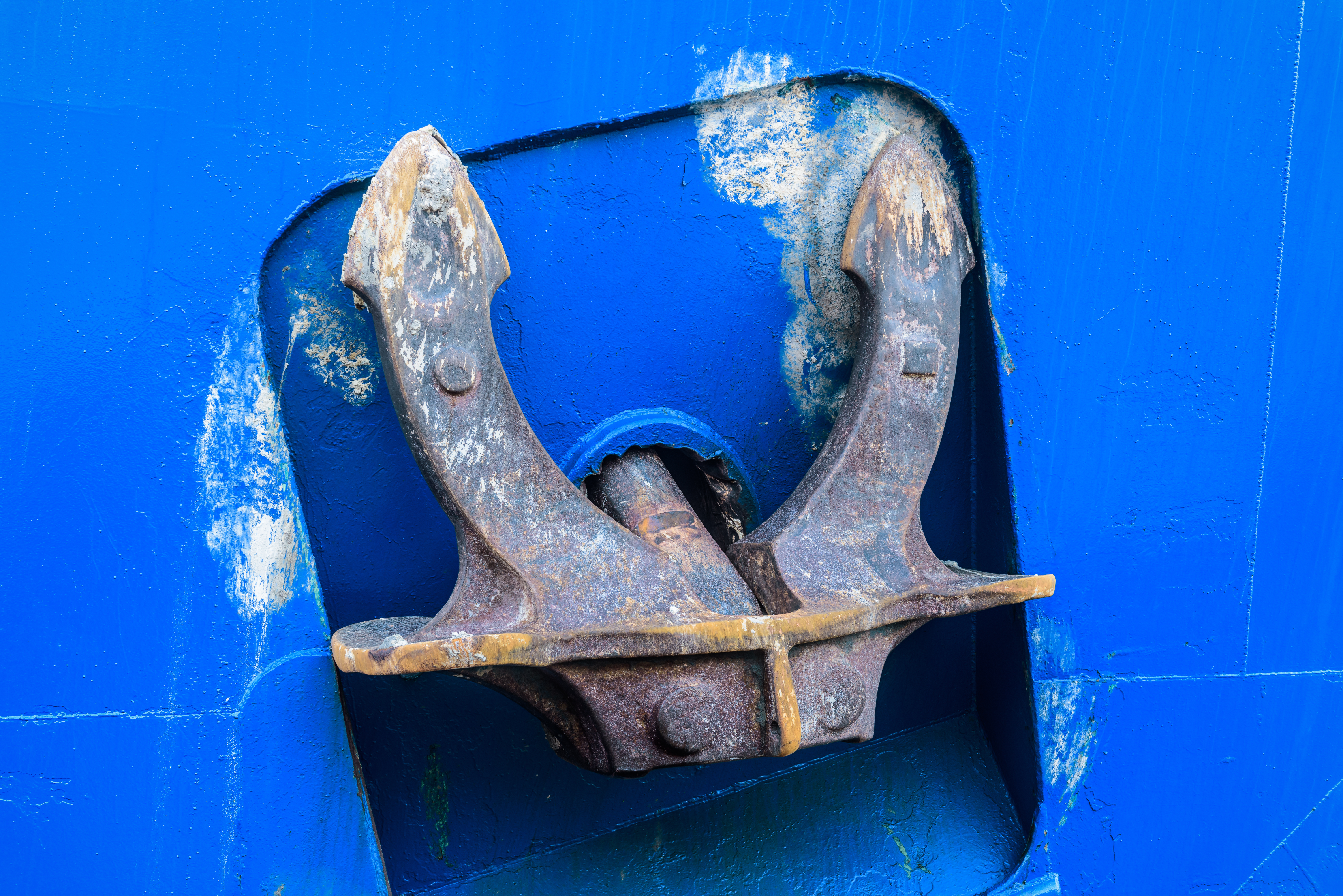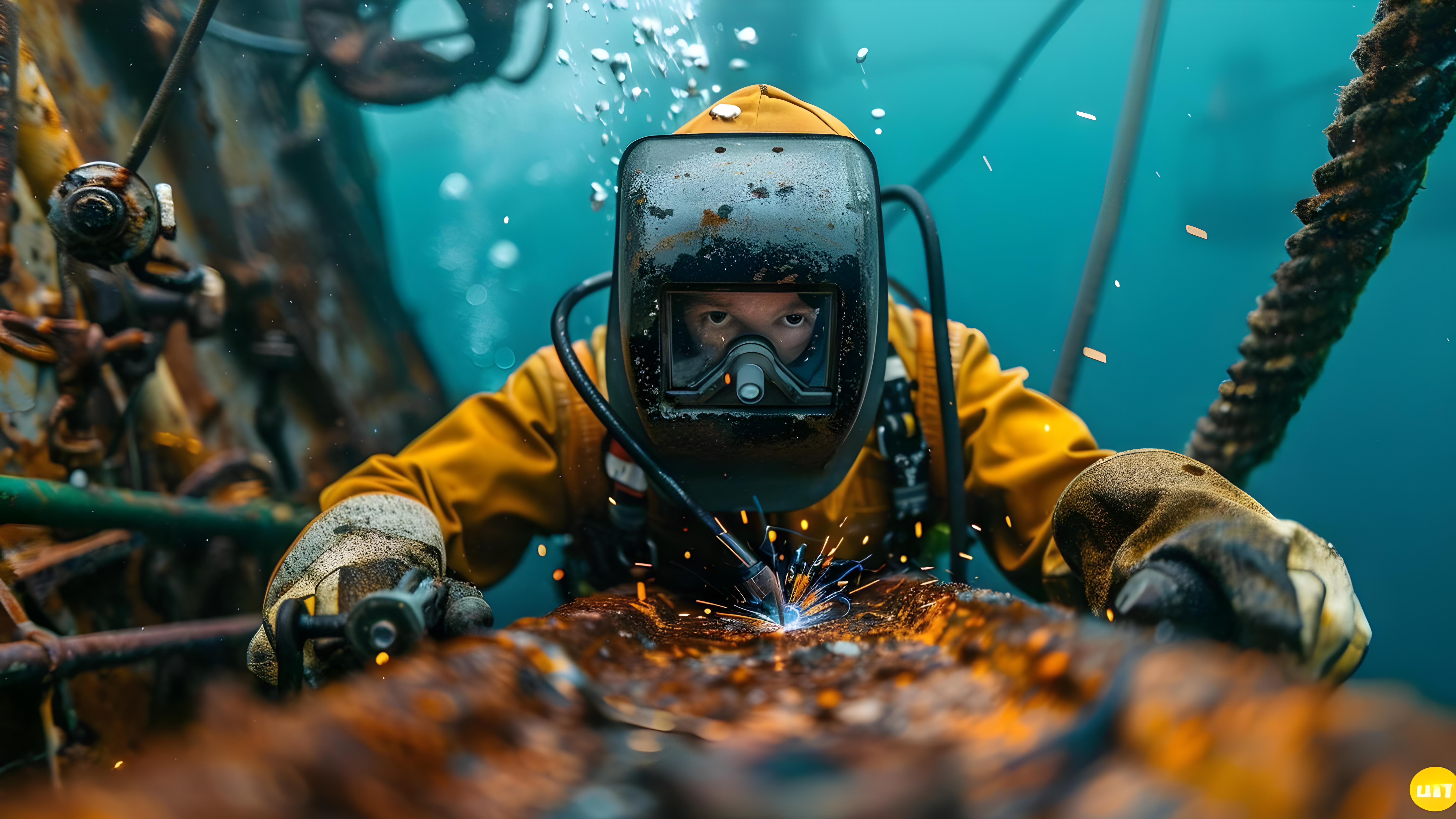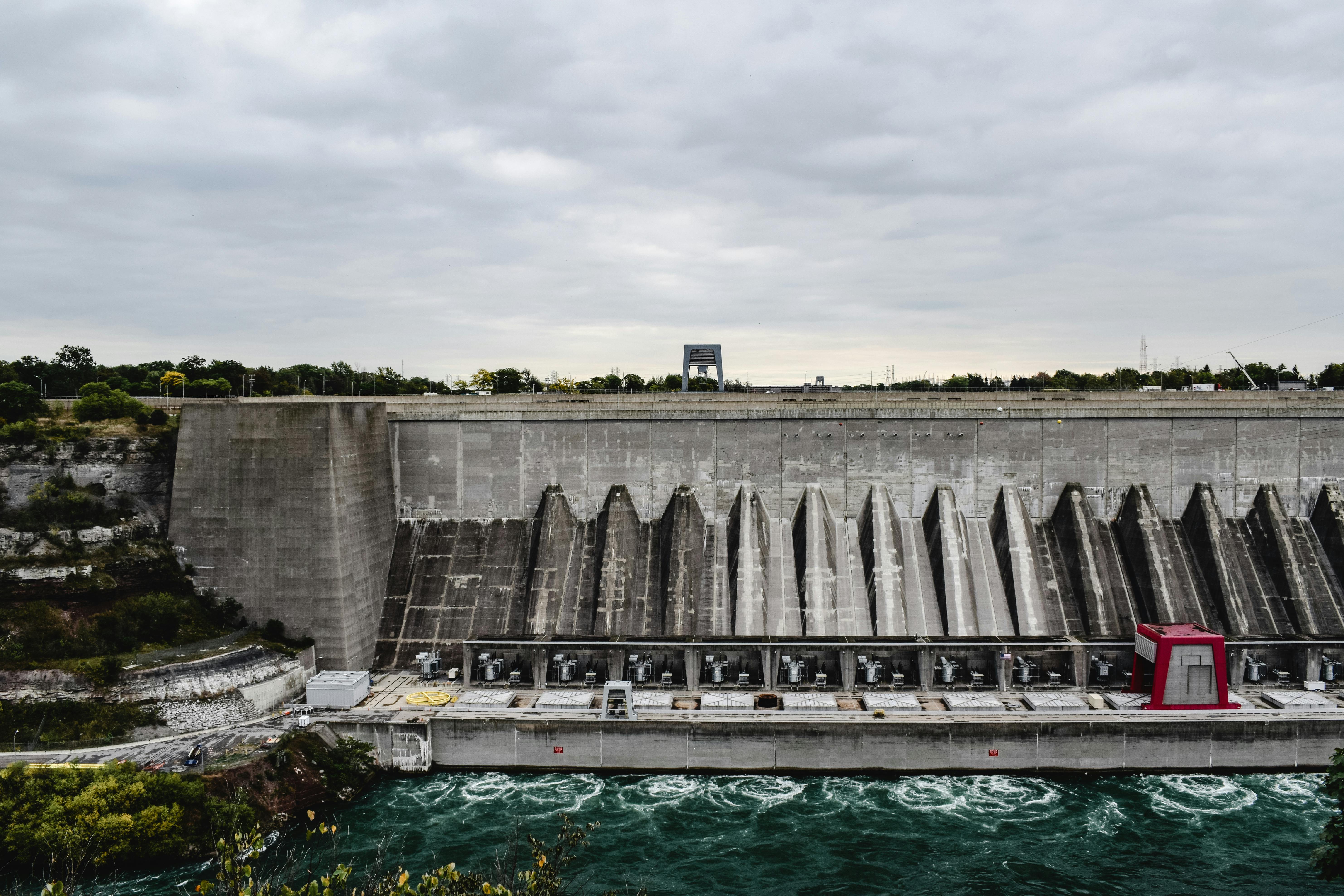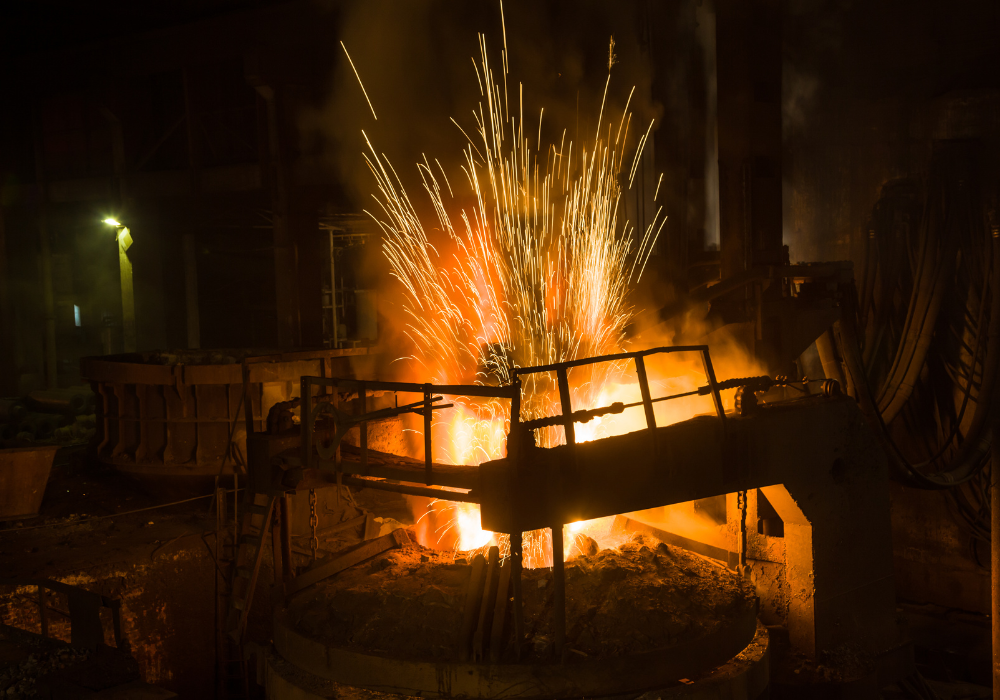Naval Castings is a bit Different than Others
It’s easy to assume that naval castings are just extra-strong marine castings. Not quite. Naval castings are often used in high-performance commercial ships, defense vessels, submarines, and coastal equipment with strategic roles.
So these parts are mission-critical components that affect performance, safety, and in some cases, national security. So naturally, the requirements go up a notch (or ten). These castings must resist saltwater corrosion, meet tight dimensional tolerances, use certified materials, and withstand fatigue. Needless to say, these should hold up for decades without a whisper of trouble. Most importantly, they’re often made under strict regulatory or military standards.
In short, everything that could go wrong offshore must be engineered to never happen.
What “Naval-Grade” Really Means
The phrase “Naval-grade” gets thrown around a lot. Sometimes on products that barely leave the dock. But when it comes to castings, it’s not a buzzword. So what does it mean? Naval-grade means metallurgy that’s tailored for strength, shock resistance, and corrosion defense. It means the casting process is tightly controlled, documented, and tested at every step.
It also means consistency. One prop hub or ten mounting bases, doesn’t matter. They all need to match, because no one in the navy wants a ‘wait, what’s this?’ moment mid-mission. Ultimately, it reflects a way of thinking: long-term reliability over shortcuts, and precision over volume.
Casting Methods That Actually Work for Naval Components
Not all casting methods are right for naval parts. These components tend to be thick, complex, and built to take on serious force, pressure, and harsh sea conditions. For larger, structural pieces, things like pump housings, bases, or brackets, sand casting is usually the go-to. It’s great when size and strength matter more than having a perfect finish.
When precision really counts, investment casting steps in. It’s often used for smaller, more detailed parts like internal mechanisms or control system components. Shell molding and permanent mold casting also have their place, especially when you need tight tolerances and solid durability at the same time.
Sure, flashy methods sound cool. But if they don’t match the part, the load, or where it’s headed, they’re useless. Choosing the right takes experience, and being okay with saying, ‘maybe that’s not the best idea.
Casting Materials That Pass the Naval Test
Picking the right metal is half the battle. Naval castings must be strong without being brittle. It should be corrosion-resistant. While still being machinable and tough enough to handle dynamic loads without cracking under pressure. For applications where cavitation or underwater turbulence is a concern, nickel-aluminum bronze is a favorite. Normally, you will find them in propellers and impellers. It’s built to last and is long-lasting, and it takes wear better than most alloys.
Duplex stainless steel is a popular selection because of its resistance to seawater corrosion, and also very strong. It holds up well in aggressive conditions without losing mechanical integrity. You will see high-strength low-alloy steels for bigger structural components. Because it is resistant to fatigue and has good weldability.
When you need precision, martensitic and precipitation-hardened stainless steels are the best choice. They deliver strength, great surface quality, and hold up well over time. It’s not enough to pick the strongest material. You’ve got to choose the alloy that fits the job and understand the challenges the part will face once it’s in use.
Testing Isn’t Optional, It’s the Standard
In naval casting, testing isn’t an afterthought. It’s baked into the process from the start.
That means non-destructive testing to catch internal defects. It means chemical analysis to verify alloy compositions. And it means mechanical property testing (tensile strength, elongation, hardness), all validated before the casting ever ships. For defense or government projects, traceability is everything. Every part should come with a history, not just a number. And for commercial marine applications, this kind of rigorous documentation builds trust, especially when the stakes are high.
The point of testing is to make sure every casting performs exactly as expected years from now.
Where These Castings Show Up (and Why They Matter)
Naval castings show up in more places than you’d expect. They’re not just buried deep in engine rooms; they’re everywhere critical. They appear in propulsion systems. You will find them in shaft brackets, propeller hubs, or pump impellers that churn hour after hour. They anchor structural supports, form the foundations for mounted equipment, and show up as deck hardware.
Yes, you will find them in cleats, bollards, and fairleads. In defense applications, castings support weapon systems, radar mounts, and other mission-critical assemblies. You’ll even find them in subsea components, where water pressure and corrosion are relentless. No matter where they’re used, one thing’s clear: they can’t fail.
Why Working with an Expert Casting Foundry is Crucial
Any foundry can pour metal into a mold, but for naval work, that’s not enough. You need people who truly understand the specs, the stress loads, and what life at sea really demands. It’s not about showing off. It’s about showing up with experience, curiosity, and consistency.
A casting partner worth trusting asks hard questions. They help you refine designs before casting. They guide material selection instead of rubber-stamping it. And they deliver documentation that stands up to audits, not just glance-overs.
FAQs on Naval Castings
Here are some of the essential questions and answers regarding naval castings.
What’s the main difference between marine and naval castings?
Naval castings are typically held to tighter tolerances and often meet defense or government specs. They also require better traceability, documentation, and durability than general marine components.
What kind of testing is used on naval castings?
Non-destructive testing (NDT), chemical analysis, tensile and hardness testing, and full documentation are standard. The goal is to catch issues before they become issues.
Can a casting supplier help with design adjustments?
A good one can and should. The best partners don’t just pour metal. They collaborate to improve geometry, alloy selection, and process choice for the real-world use case.
Why do naval castings cost more than standard ones?
Because they’re built to a higher standard. Materials are more specific, testing is more rigorous, and the risk tolerance is lower. You're paying for peace of mind, and often, lives depend on it.
Before We Go
Precision and expertise make the difference between a casting that merely fits and one that excels under naval conditions. Naval castings are the unseen workhorses that keep critical systems running smoothly, often far from shore and under extreme conditions. With the right approach, naval castings become the foundation of performance and safety on every vessel and installation. So it is crucial to have a casting supplier who understands the challenges of the sea and the pressure of tight specs. At ETC Foundry, that quiet reliability is exactly what we build into every casting we deliver.







